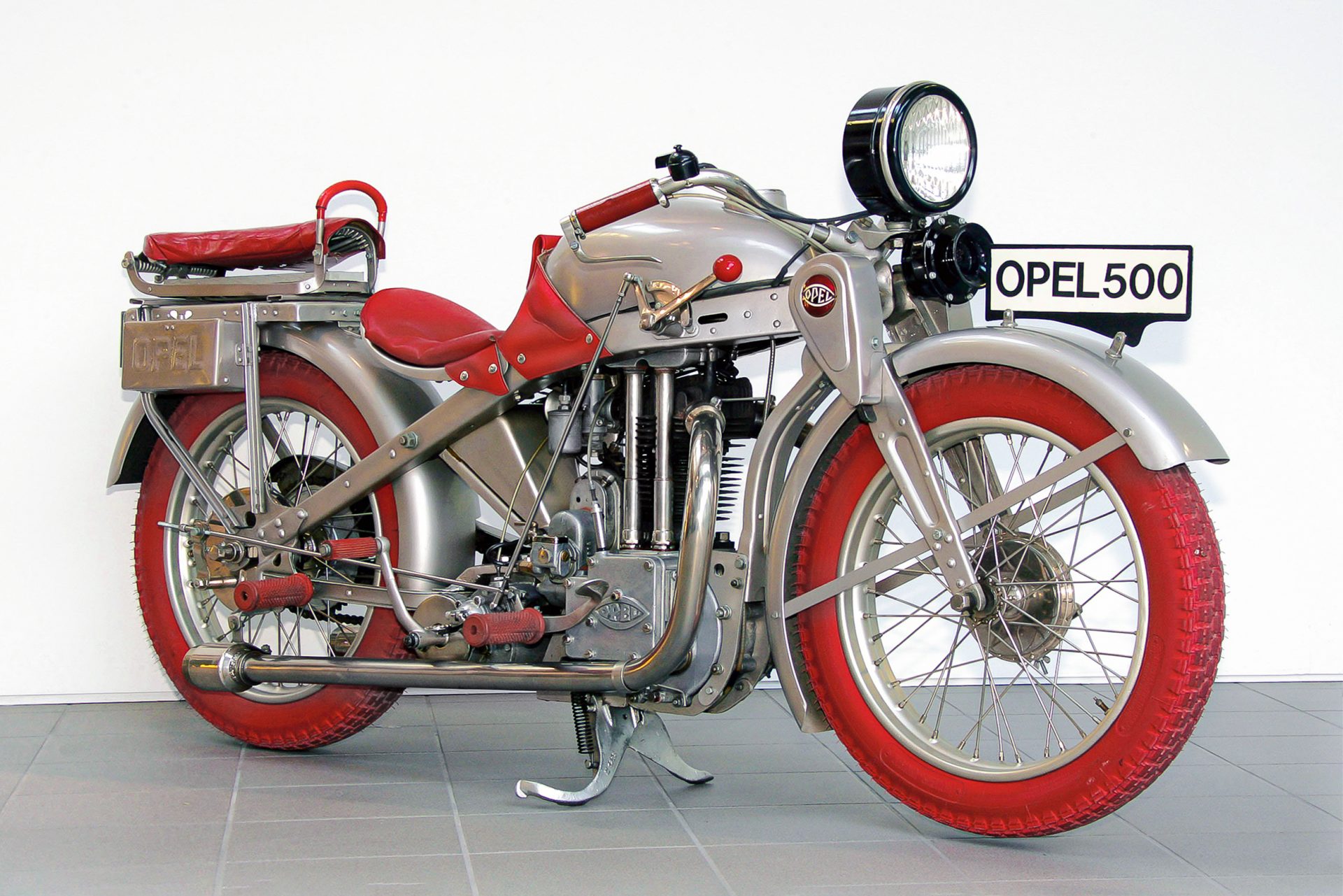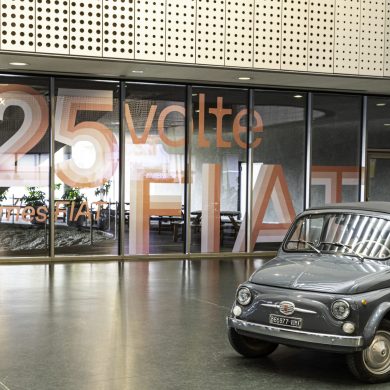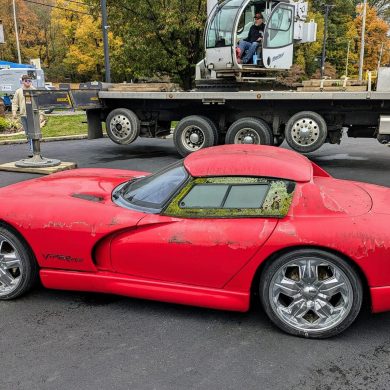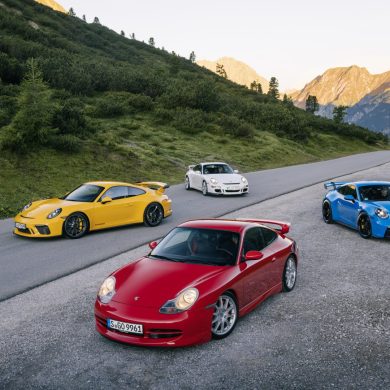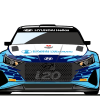It's not widely known, but there was a time when the German car manufacturer Opel didn't (only) make cars. It also made motorcycles. And so good, in fact, that they revolutionized the two-wheeler industry. Responsible for this, he was a multifaceted personality, a truly global genius. And his name was Ernst Neumann-Neander. Today, a century and a half after the birth of this great personality, let us meet him.
Ο painter, designer, entertainment artist, businessman, racing driver and engineer has associated his name with the Opel thanks to the excellent motorcycle "Motoclub". The Opel Motoclub, with production from 1928 until 1930, was unique thanks to a innovative pressed steel frame. This method of construction was Neumann-Neander's idea.
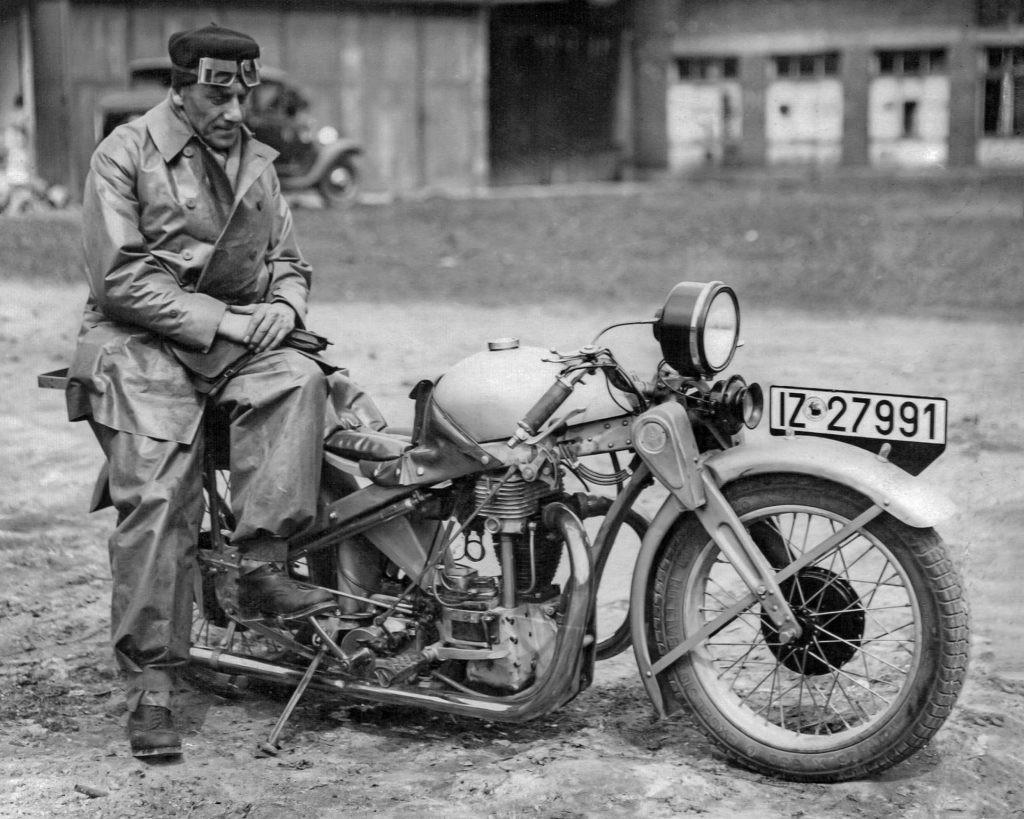
The revolution
With the new technology, Opel has managed to reduce the usual assembly time of a motorcycle from 15 - 25 hours at about four hours only - a real revolution in motorcycle production. This has allowed Opel to offer a attractive product at an attractive price in the shortest time, making individual mobility accessible to many - such as the Opel 4/12 hp "tree frog, the first German car manufactured in assembly line.
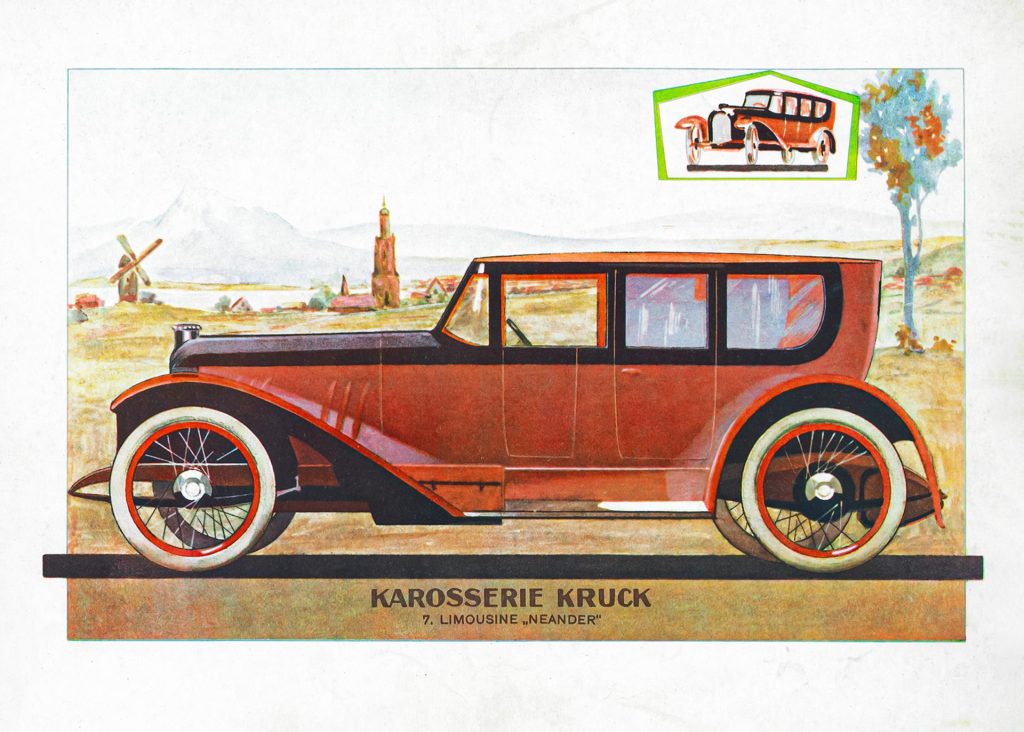
The designer of Motoclub, Ernst Neumann, born on September 3, 1871 in Kassel, Germany. At the age of 19 years old already wrote history in races penny-farthings (bicycles with a huge front wheel, directly connected to the pedals). In his first steps into the professional arena, he worked as a cartoonist and illustrator.
Plus the artistic activities which were strongly influenced by the art nouveau, and of the appearances in a cabaret in Munich, always interested in the speed and technology. Like child had been impressed by the evolution of motorisation in the late 19th century. Η first motorcycle of his own construction appeared the 1904 and used it to run in climbs and long-distance races such as Paris-Rome-Paris.
The 1908 founded the Advertising company "Ateliers Ernst Neumann für Moderne Reklame" and shortly afterwards added the specialty of body designer in its range of activities. At the beginning of 1920s created designs for coachbuilders (caricaturists), including the Hessian company Kruck, which worked closely with Opel.
After the war
After the World War 1, the Neumann changed the name of "Neumann-Neander" (Neander - Neander in ancient Greek, meaning 'young man'). Then dedicated exclusively to the design and manufacture of motorcycles under the name "Neander". Their main characteristics were elegant design, lightweight structure, driving comfort and the unconventional technical solutions. Until now known by the nickname N2, Neander was awarded first prize "in all categories for the better improvements on the motorcycle" in a 1924 competition for inventors in Stuttgart.
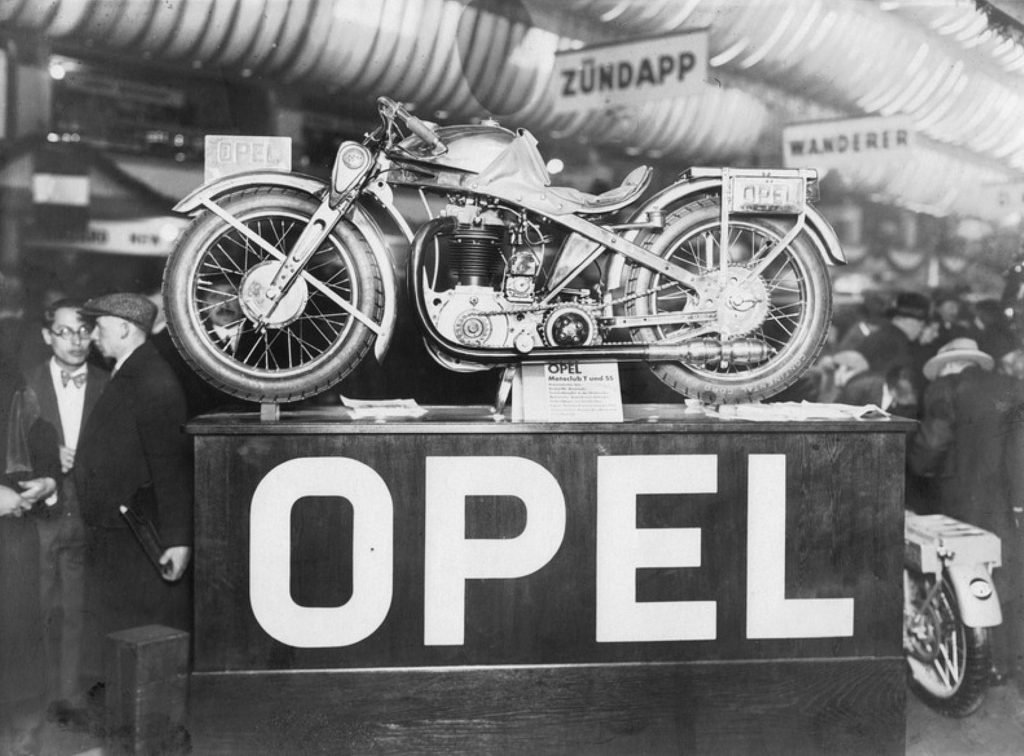
At about the same time he was found invited to the Opel Rennbahn racetrack in Rüsselsheim, where the host was young Fritz von Opel. Ο grandson of the founder of Adam Opel and Neumann-Neander concluded a exclusive licensing agreement: From then on, Neander's pressed steel motorcycle could be manufactured and sold and from Opel.

Η Opel designed an engine especially for a "motorcycle with the best handling in the world" (according to Neander's advertisement) - a single cylinder 500 cc, in two power versions (16 and 22 hp). The matte silver of the galvanized, unpainted metal contrasted with the red saddle, the red parts, even the red parts red tyres achieving a particularly modern look.
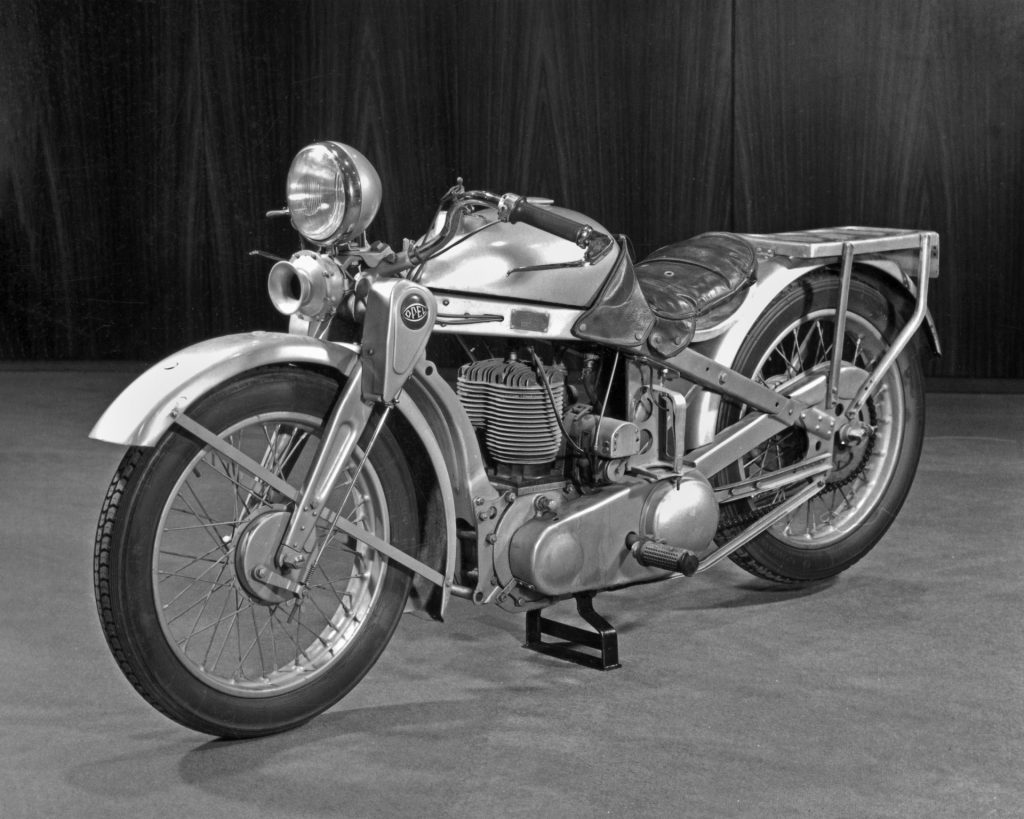
The new model was launched under the name "Motoclub", accompanied by an extensive advertising campaign, at a price of about 10% lower than that of the corresponding Neander motorcycles, which remained in production. Neander also built a sidecar ('sidecar') for Motoclub, recommended by Opel, called "Pioneer" and available from many Opel dealers.
The end
The Wall Street Crash of 1929 meant a abrupt end for Neander's company and the Opel Motoclub the following year. While the Opel consolidated as the most successful German car brand in this difficult economic period, the star of the now 60-year-old N2 gradually faded into the background.
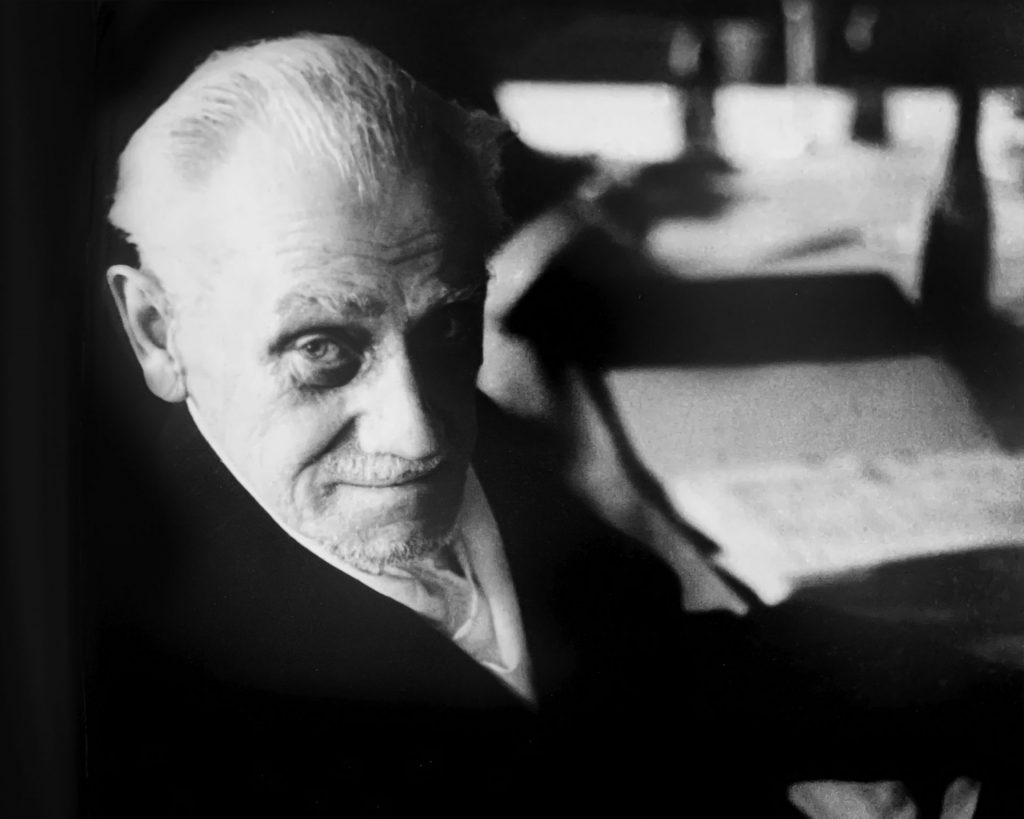
His best known drawings from this period (1934-39) are unconventional four-wheeled "Fahrmaschinen". These lightweight racing cars were a combination of motorcycle and car and brought remarkable results in the field of motorsport.
Neumann-Neander maintained his passion for creative solutions, even in old age. Create numerous bicycles and tricycles until 1950, but not for production. At the end of the 1940s, the now elderly N2 started the final chapter of his multifaceted life and again devoted himself to painting. In in five years he painted over 100 paintings.
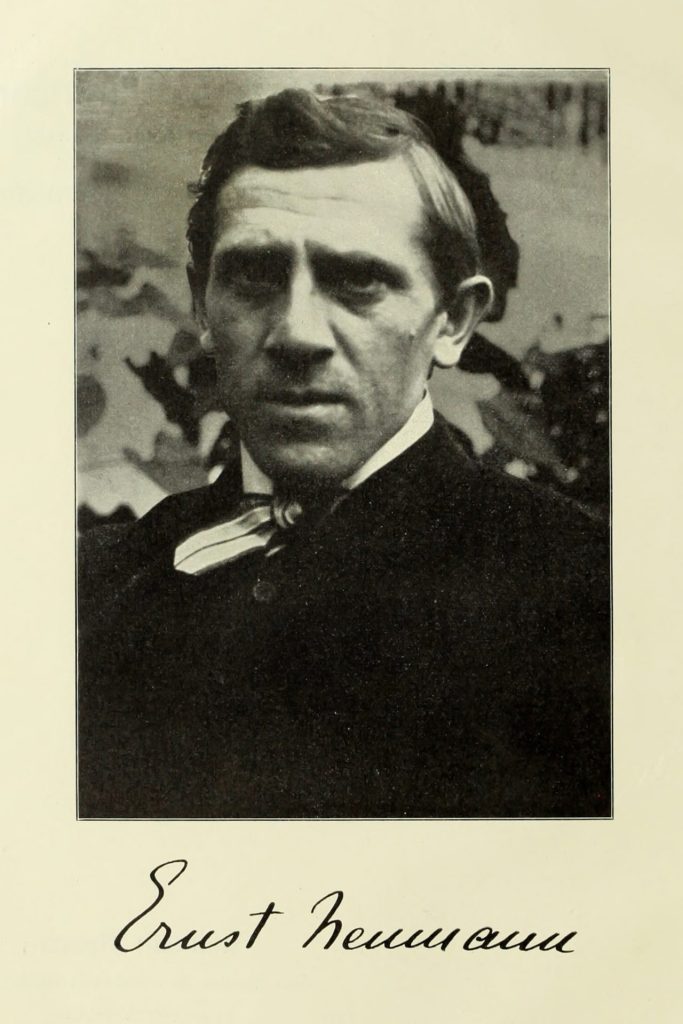
Ernst Neumann-Neander died on November 13, 1954, in age 83 years old, leaving behind an excellent and multi-faceted work. The Opel Motoclub is a small part of this and a functional 1928 "Supersport" stands out today proudly in the Opel Classic Collection. This unique bike keeps the memory of the N2 genius alive - especially this year, at the 150th birthday.


